Here’s How to Go Plastic-Free Without Blowing Your Budget
.jpg)
Switching to plastic-free promotional products can seem expensive at first, especially if you're managing tight budgets or rolling out a campaign across multiple locations. But the truth is, it doesn’t have to be.
Going plastic-free isn’t about spending more. It’s about planning smarter, working with the right suppliers, and knowing where to get the most value for your money.
At Over the Top Promotions, we’ve helped hundreds of businesses across the APJC region transition to more sustainable merchandise. And one thing is clear: you can go plastic-free without losing impact or blowing your budget.
Here’s how.
Bundle Products to Get More Value
Ordering plastic-free promotional products one by one, like a drink bottle, notebook, or tote, often means you're spending more on freight, handling, and packaging. Bundling these items into a set can cut costs and create a better experience for the recipient.
Why this works:
- You save on shipping and packing fees.
- It looks and feels like a well-thought-out kit, not just a random giveaway.
- It increases the perceived value of each item.
Example:
A plastic-free onboarding kit could include:
- A recycled PET tote
- A wheat-straw notepad
- A bamboo pen
All packed in a flat kraft box, complete with a custom welcome message. It’s cost-effective, eco-friendly, and meaningful.
Choose Materials That Are Budget-Friendly and Easy to Source
Not all eco materials are priced the same. Some, like organic hemp or RPET felt, are still harder to get and may come with higher costs. But there are many affordable and widely available options that still help you cut down on plastic.
Good choices include:
- Cork – great for coasters, keyrings, and notebook covers

- Kraft paper and cardboard – for folders, packaging, and tags

- Calico and cotton – for bags and pouches

- Wheat – for pens, lunchboxes, or cutlery sets

- Bamboo – for drinkware, tech items, and desk tools

These materials are not only more budget-friendly, but they also print well and send a clear sustainability message.
Think About the Packaging, Not Just the Product
You might have switched to bamboo pens, but if they arrive in plastic sleeves, it defeats the purpose and adds waste and extra cost.
What to try instead:
- Use recyclable wraps or belly bands instead of polybags.
- Ditch single-use plastic fillers for shredded kraft paper or upcycled materials.
- Add a simple printed card or sleeve that explains your brand’s commitment to sustainability. This adds meaning without much added cost.
Packaging is often the first thing your customer sees. Make it count.
Don’t Overbrand; Let the Materials Speak
Too much branding on natural materials can ruin the look and increase costs. Heavy printing also adds to production time and ink usage.
A better approach:
- Use small, well-placed logos that don’t overpower the product.
- Choose subtle methods like laser engraving or single-color screen printing.
- Focus on branding that adds value, not just visibility.
When you let the material shine, it feels more premium and considered, even on a tight budget.
Plan Ahead to Avoid Rush Fees
Eco-friendly items may need a bit more time. Many are custom-printed, locally sourced, or made using slower, low-impact processes. Planning early helps you avoid rush charges and missed deadlines.
Tips:
- Add a buffer to your campaign timeline, especially for large orders.
- Batch your orders for different events to save on production and freight.
- Choose suppliers who can kit, store, and deliver your products in stages.
A little lead time can save you a lot in the long run.
Smarter Choices Go Further
Going plastic-free doesn't have to be hard or costly. In fact, when done right, it can stretch your budget and strengthen your brand.
By bundling smart, choosing the right materials, rethinking packaging, and avoiding common mistakes, you create promotional products that work harder, look better, and waste less.
It’s not just about reducing plastic. It’s about making better decisions at every step.
And that’s what modern merchandise is really about: being intentional, practical, and better for the planet.
Related Posts
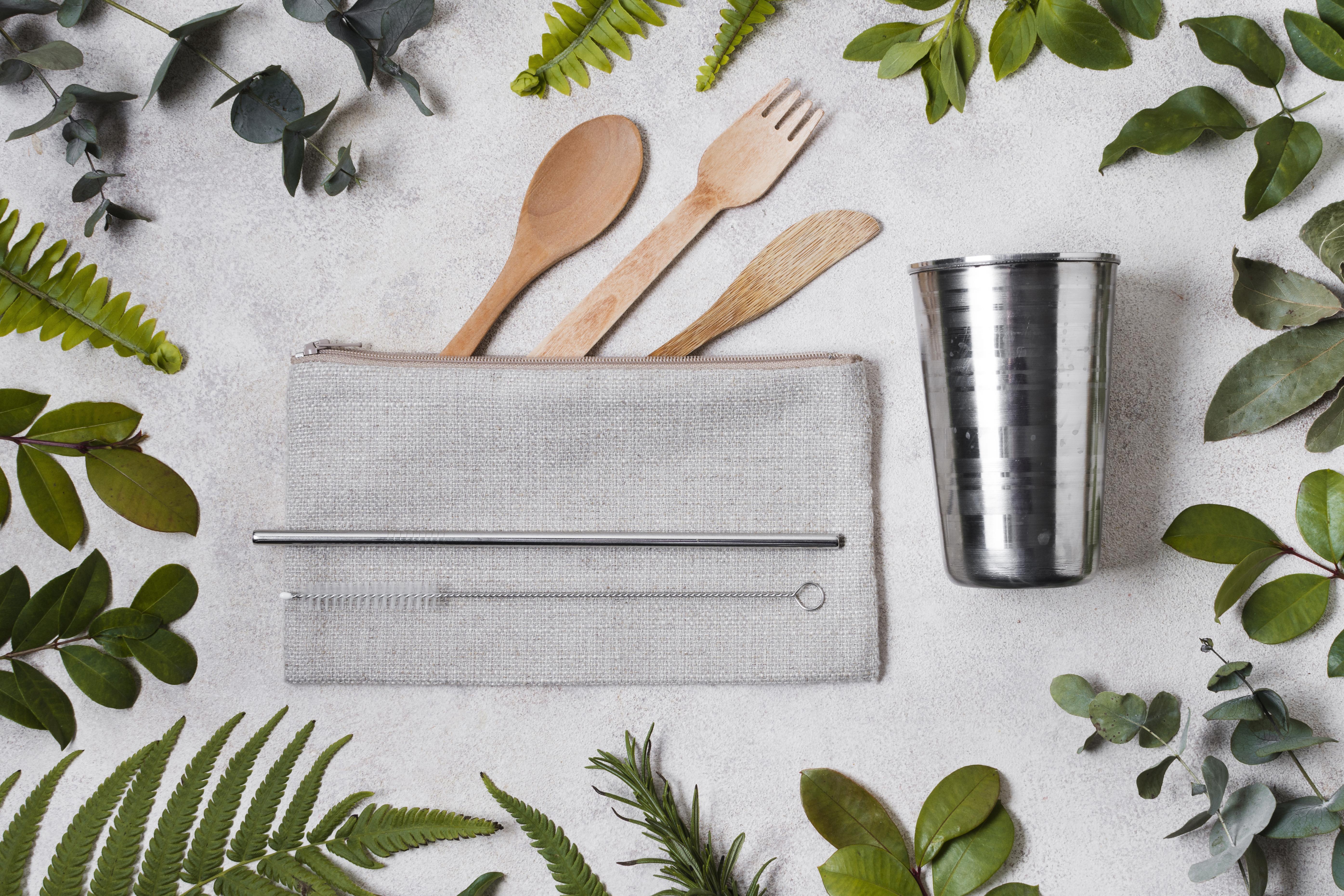



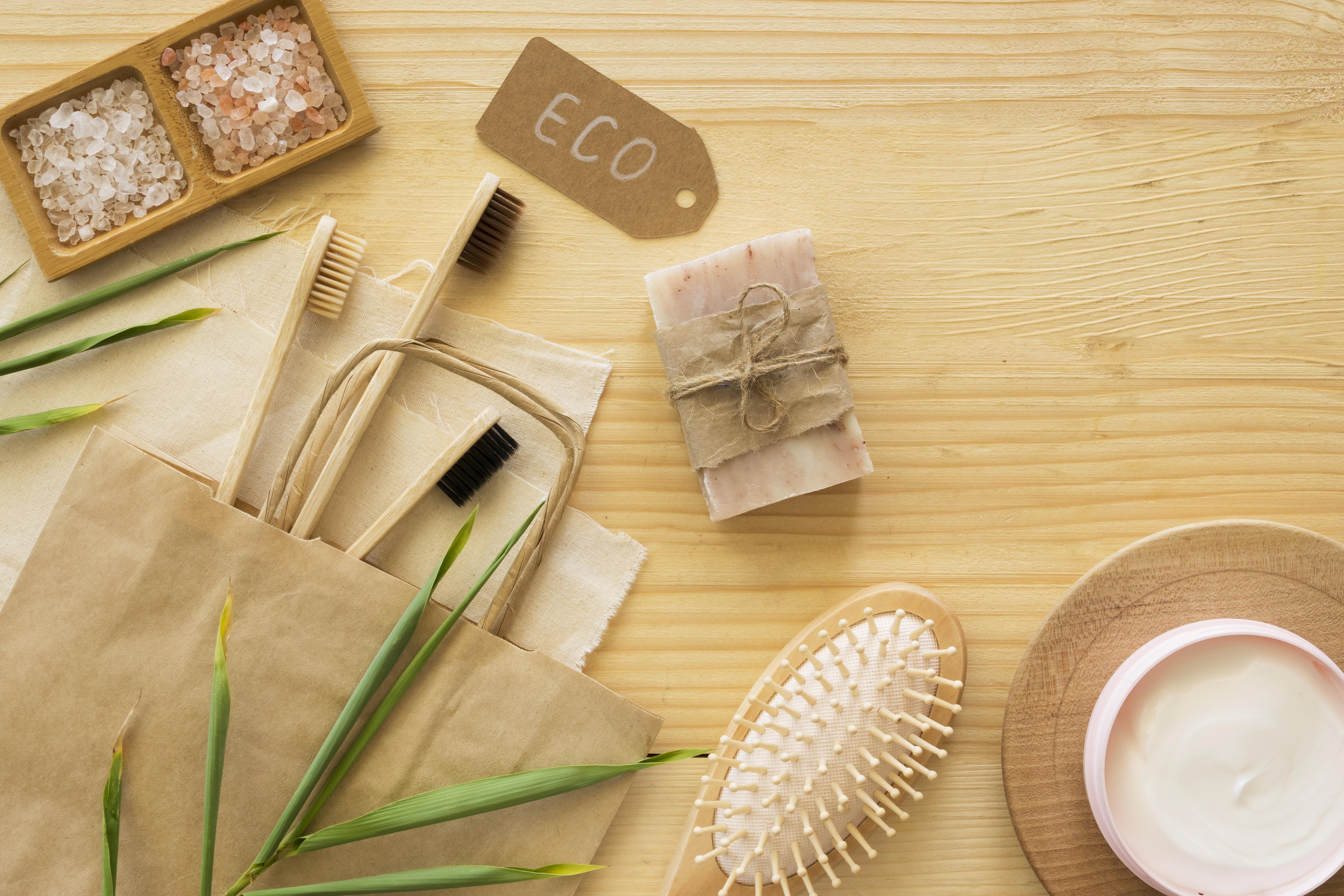
.jpg)
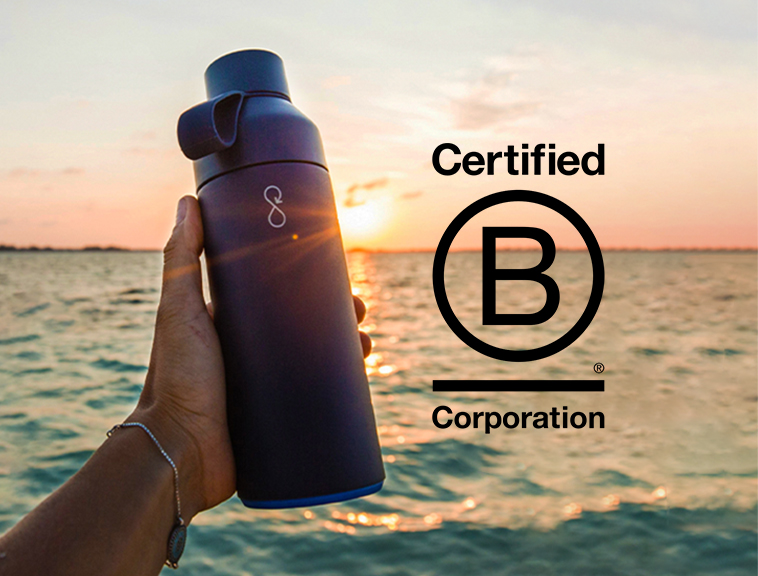
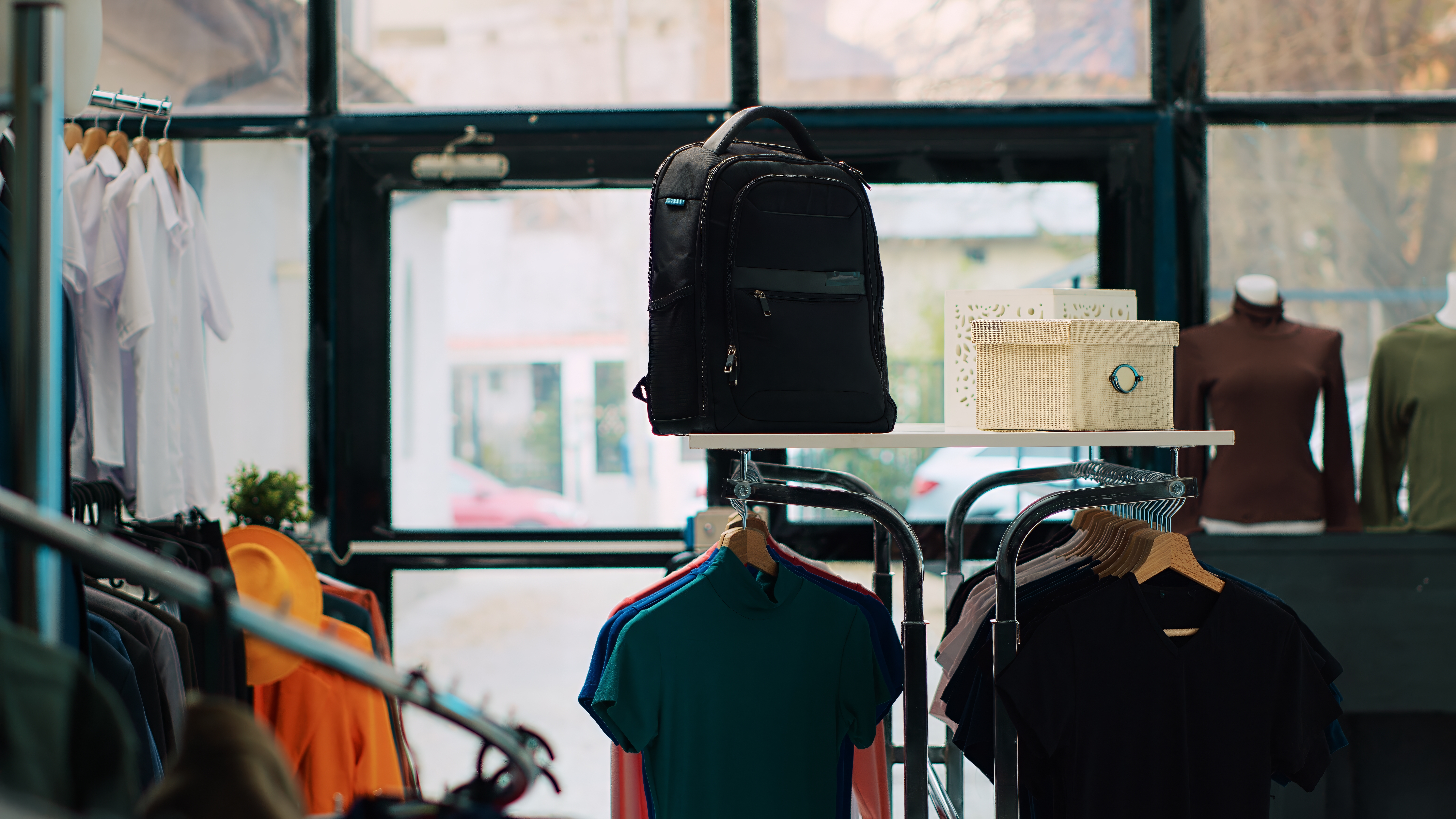
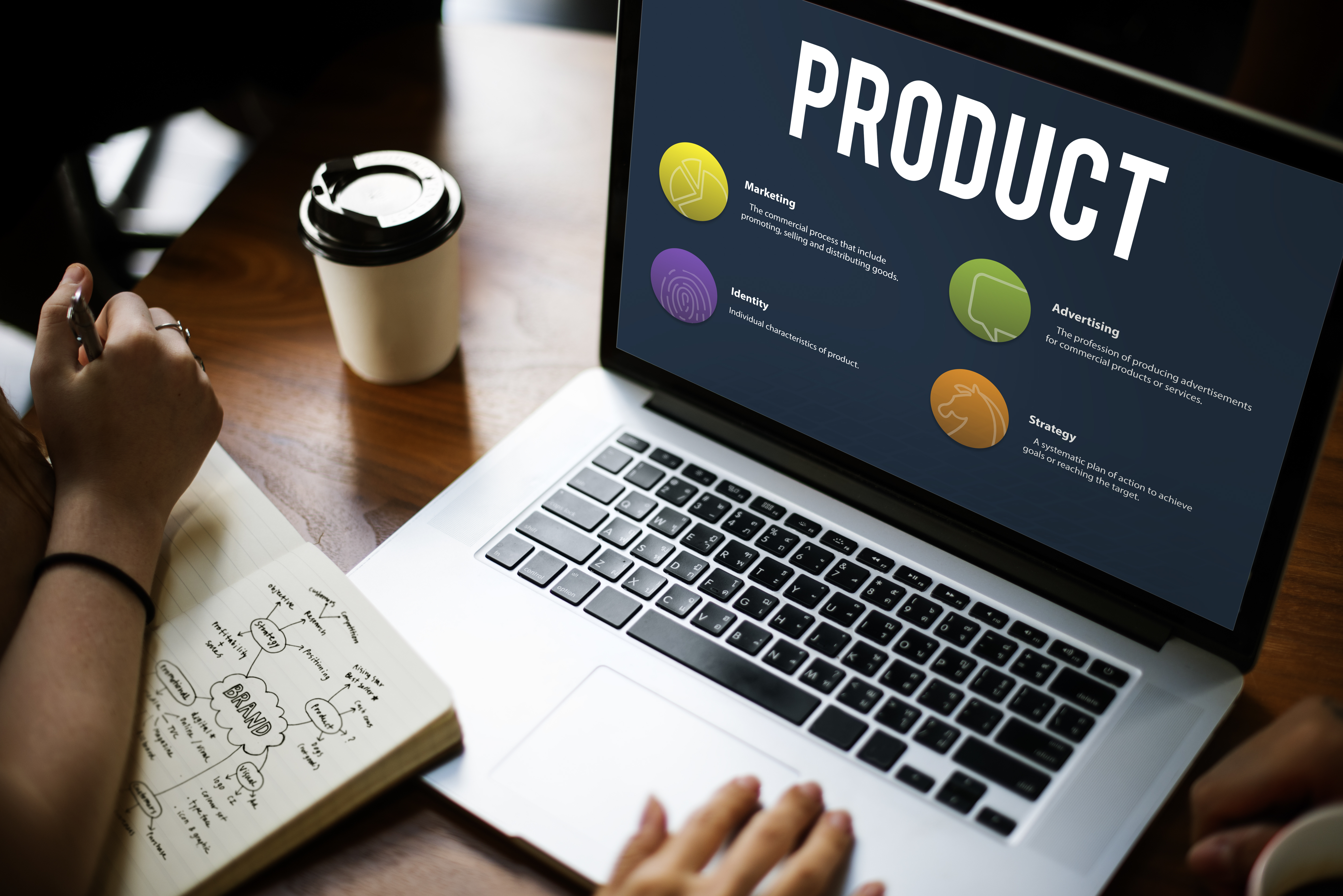
Comments